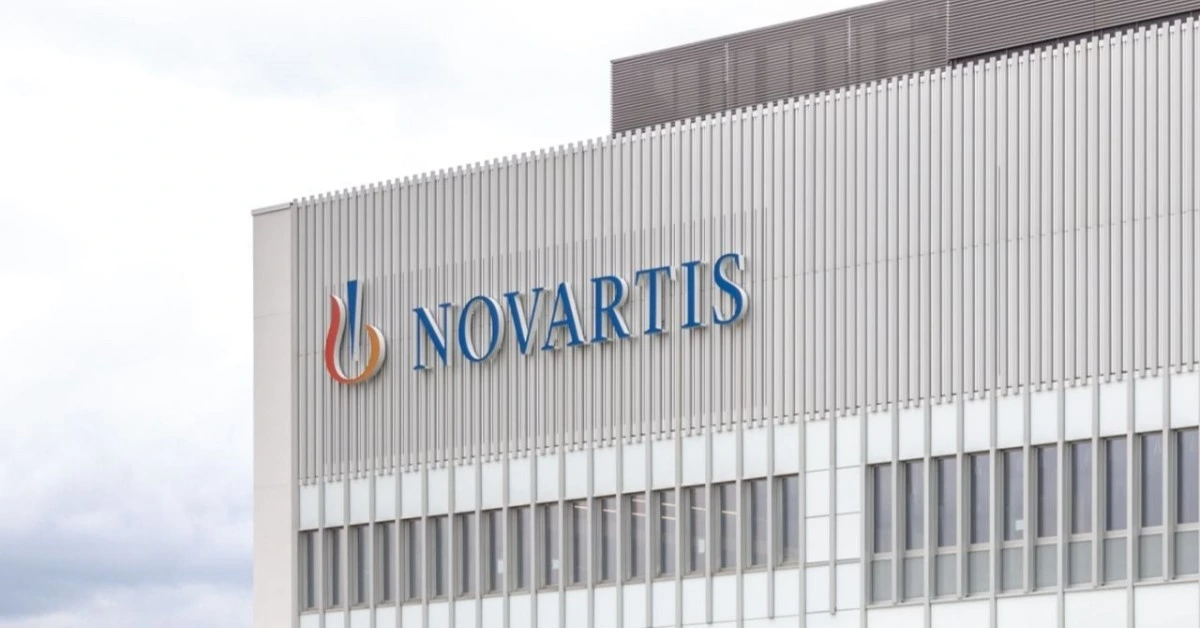
SWITZERLAND – Novartis has raised its growth forecast, projecting a compound annual growth rate (CAGR) of 6% through 2028, an increase from the previous estimate of 5%.
This upward revision is largely driven by its expanding portfolio of cancer treatments, as well as advancements in immunological, neurological, and cardiovascular therapies.
The company’s CEO, Vas Narasimhan, emphasized that the completion of the spin-off of its generics business, Sandoz, last year has allowed Novartis to sharpen its focus on innovative medicines, enhancing its ability to execute commercially.
Narasimhan highlighted that sales forecasts for several key products—including Cosentyx, Kisqali, Kesimpta, Pluvicto, and Leqvio—have been revised upwards, with most having exclusivity in the U.S. well into the 2030s.
“Having more than 15 submission-enabling readouts in the coming years will further bolster our growth,” Narasimhan noted.
He also pointed out that the company’s pipeline includes over 30 assets that could help sustain growth beyond 2029.
Despite these optimistic projections, analysts caution that Novartis’ success in reaching its new sales targets will depend heavily on oncology, with pivotal datasets expected in 2025 and 2026.
John Murphy, an analyst at Bloomberg Intelligence, observed that achieving these projections will largely rely on the company’s core cancer portfolio, a sentiment echoed by Vontobel analyst Stefan Schneider, who indicated that Novartis’ mid-term outlook could widen the gap between its guidance and consensus estimates.
Beyond internal pipeline development, Narasimhan reaffirmed that Novartis will continue to pursue “value-creating bolt-ons,” although major mergers and acquisitions (M&A) are unlikely.
The company recently announced the purchase of Kate Therapeutics for up to US $1.1 billion, a move that enhances its gene therapy and neuroscience capabilities.
Kate’s expertise in gene therapy, particularly its novel platform for treating neuromuscular diseases like Duchenne muscular dystrophy, aligns with Novartis’ commitment to addressing unmet medical needs in neuroscience.
“This acquisition builds on our expertise in neuroscience drug discovery and brings complementary capabilities to our ongoing efforts,” said Robert Baloh, Global Head of Neuroscience Research at Novartis.
While Novartis continues to strengthen its position in the pharmaceutical industry, Narasimhan tempered expectations for rapid expansion in the U.S. market.
The company is currently ranked 10th in the U.S. by sales, and Narasimhan emphasized that breaking into the top five will require significant effort over the next several years, without relying solely on acquisitions.
The company also clinched the top position in the 2024 Medicines Access Index, dethroning British giant GSK.
However, not all of Novartis’ recent deals have been successful. The company’s €2.7 billion (US $2.8 billion) acquisition of MorphoSys earlier this year, which included the BET inhibitor pelabresib, has encountered challenges.
Regulatory filings for pelabresib’s myelofibrosis treatment have been delayed due to mixed results in clinical trials, and there are concerns about a potential safety risk.
Narasimhan stated that the company will need to wait for longer-term data, with the possibility that safety issues could hinder the progression of the drug entirely.
XRP HEALTHCARE L.L.C | License Number: 2312867.01 | Dubai | © Copyright 2025 | All Rights Reserved